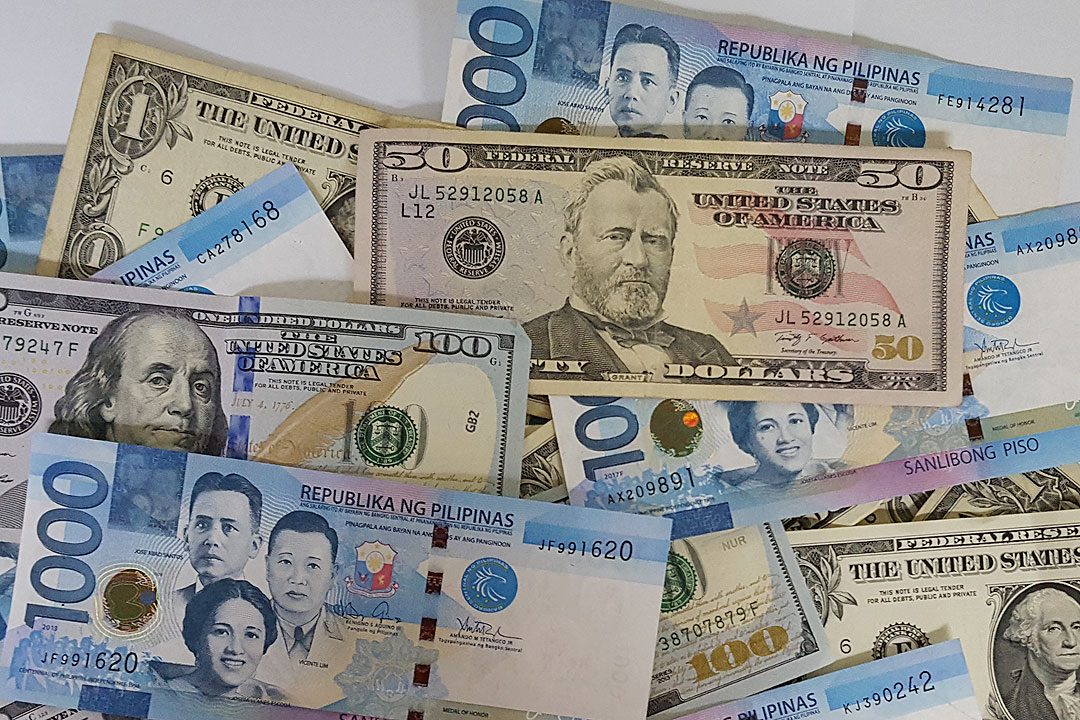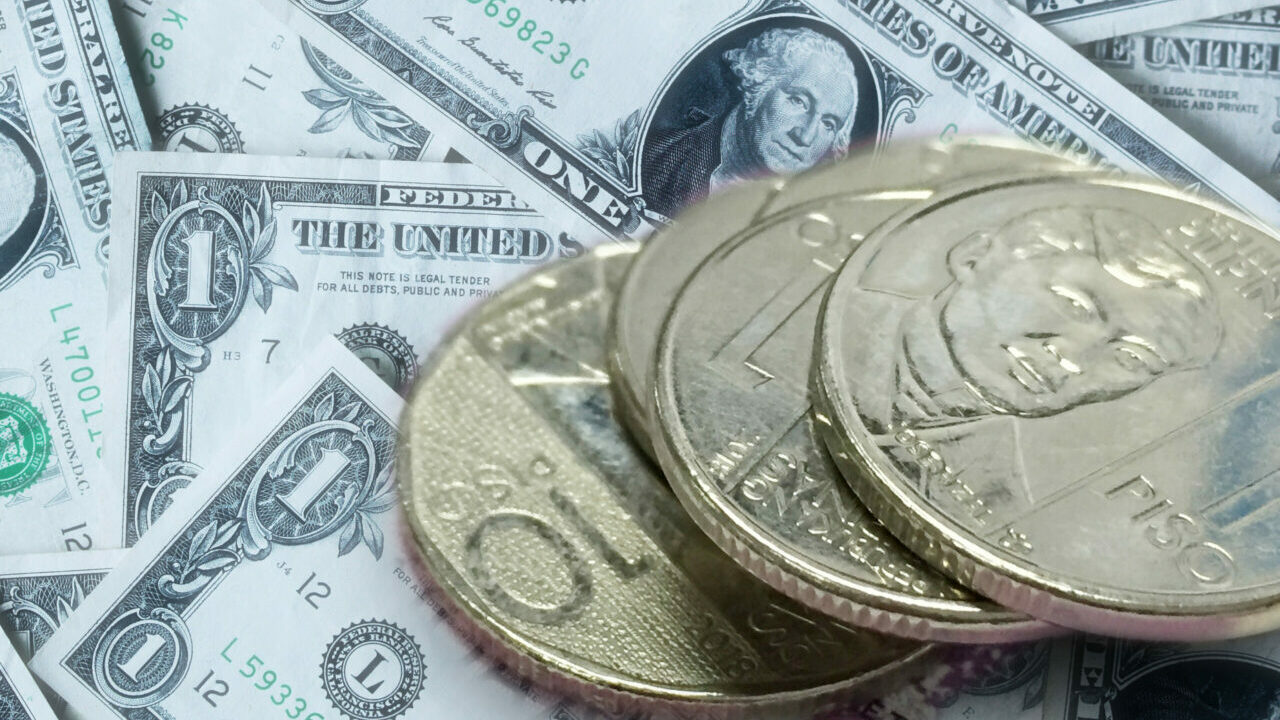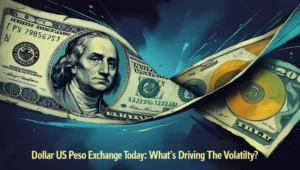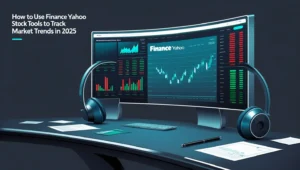Dollar US Peso Exchange Rate Today: What’s Driving the Volatility?-In today’s globalized economy, currency fluctuations are more than just numbers on a screen—they affect international trade, travel, investment decisions, and the daily lives of millions. One exchange rate that continues to capture attention in 2025 is the Dollar US Peso rate, which has experienced notable swings in recent months. But what’s really behind the volatility?
This article explores the key drivers influencing the Dollar US Peso exchange rate today, from economic indicators to geopolitical developments, and what traders, travelers, and businesses should keep an eye on.
Economic Growth Differences Affecting Dollar US Peso
One of the biggest factors impacting the Dollar US Peso exchange rate is the economic performance of the United States compared to the Philippines. When the U.S. economy shows strong GDP growth, improved job numbers, or robust consumer spending, the U.S. dollar tends to strengthen.
On the flip side, if the Philippine economy shows resilience with higher remittance inflows, increased exports, and steady tourism revenue, the peso can gain traction. However, in 2025, uneven recovery from global supply chain disruptions and inflationary pressures have created mismatched growth rates between the two nations, contributing to the exchange rate’s volatility.
Interest Rate Policies Shaping Dollar US Peso Movement

The central banks of both the U.S. (Federal Reserve) and the Philippines (Bangko Sentral ng Pilipinas or BSP) play a significant role in shaping the Dollar US Peso rate through interest rate decisions. When the Federal Reserve hikes rates to combat inflation, the dollar often strengthens due to higher returns for investors.
In contrast, if the BSP maintains or lowers interest rates to support domestic demand, the peso can weaken relative to the dollar. In 2025, the Fed’s tight monetary stance and the BSP’s more cautious approach have widened the rate differential, pushing the peso lower at times and increasing volatility in the exchange rate.
Inflation Trends and Their Impact on Dollar US Peso
Inflation is another crucial element. When inflation is high in the Philippines, the peso may lose value, especially if wages do not keep pace with rising costs. This can affect investor confidence and lead to capital outflows, weakening the peso.
Conversely, U.S. inflation trends—if higher than expected—can create uncertainty about future interest rate moves and investor appetite for risk. These inflation-related concerns on both sides of the Pacific have been influencing the Dollar US Peso trend throughout 2025. (Read More: How Finance Yahoo Google Are Revolutionizing Personal Investment Strategies in 2025)
Global Events Influencing Dollar US Peso Volatility

Events like geopolitical tensions, global oil price shocks, or major economic downturns in other countries also create ripples in currency markets. For the Dollar US Peso pair, any global crisis tends to drive investors toward the U.S. dollar as a “safe haven,” which in turn puts downward pressure on the peso.
In recent months, tensions in East Asia and uncertainty in global commodity markets have made investors more cautious, strengthening the U.S. dollar. This behavior underscores the peso’s vulnerability during global turbulence and adds to the exchange rate’s day-to-day fluctuations.
OFW Remittances and Their Role in Dollar US Peso Stability
One stabilizing force for the Dollar US Peso exchange rate is remittances from Overseas Filipino Workers (OFWs). These inflows help support the Philippine peso by boosting demand for local currency as families convert dollars to pesos.
However, remittance growth is not always consistent. Seasonal fluctuations, economic challenges in host countries, or global recessions can reduce remittance volumes, affecting peso strength. In 2025, remittances remain a significant pillar for the Philippine economy, but they alone can’t always offset external shocks or speculative trading. (Read More: Finance Yahoo App Review 2025: Is It Still the Best Free Investment Tool?)
Market Sentiment and Speculation in Dollar US Peso Trading
Sometimes, the Dollar US Peso exchange rate moves not because of hard data but due to investor sentiment. When traders believe that one currency will strengthen or weaken, their actions can drive short-term volatility, regardless of actual economic performance.
Social media-driven trading, automated algorithmic orders, and even misleading headlines can trigger currency swings. The peso, being a less-traded currency than the dollar, is especially sensitive to sudden shifts in sentiment, which can lead to sharp and unpredictable movements in its exchange rate.
Trade Balances and Their Influence on Dollar US Peso Exchange
Trade dynamics between the U.S. and the Philippines are also central to the Dollar US Peso rate. When the Philippines imports more from the U.S. than it exports, it increases the demand for dollars, potentially weakening the peso.
In 2025, with global trade still adjusting from recent disruptions, the Philippines has seen a widening trade deficit with the U.S. This imbalance can strain the peso, especially when paired with rising import prices due to global inflation or supply chain issues.
On the other hand, improvements in Philippine export competitiveness, such as in electronics and agriculture, could strengthen the peso if sustained. (Read More: How to Use Finance Yahoo Stock Tools to Track Market Trends in 2025)
Government Policies and Regulations Affecting Dollar US Peso
Government actions—from foreign exchange regulations to fiscal policies—can significantly affect the Dollar US Peso rate. Any move to tighten or loosen capital controls, change taxation on foreign exchange transactions, or intervene directly in currency markets can impact exchange rate behavior.
In 2025, both U.S. and Philippine policymakers have been cautious about direct interventions, but policy shifts related to trade, infrastructure, or foreign investment continue to influence currency dynamics. The Philippines, for example, has introduced new incentives to attract foreign capital, which could eventually support the peso. (Read More: Finance Yahoo S&P 500: What Today’s Market Trends Reveal About Investor Sentiment)
Technology and Digital Platforms Monitoring Dollar US Peso Trends

With the rise of mobile trading apps and AI-powered analytics, retail and institutional investors now monitor the Dollar US Peso exchange rate in real time. This has created more responsive markets—but also more volatility, as trades execute in milliseconds based on predictive models and sentiment tracking.
Apps like Finance Yahoo, TradingView, and Bloomberg mobile now offer alerts for rapid changes in forex trends, making it easier for traders to act quickly. This increased transparency and access have democratized forex trading but also heightened the speed and intensity of short-term fluctuations in the Dollar US Peso rate.
Travel and Tourism’s Subtle Influence on Dollar US Peso
Finally, travel trends play a minor but still noticeable role in the Dollar US Peso exchange rate. When U.S. tourists visit the Philippines in greater numbers, they bring dollars into the local economy, increasing peso demand. In 2025, as international travel has recovered to near pre-pandemic levels, the tourism sector is once again contributing to peso strength during peak seasons.
At the same time, Filipino travelers going abroad for leisure or work-related reasons contribute to demand for U.S. dollars, especially during holidays and school breaks. These seasonal patterns can create temporary pressure on the exchange rate, adding yet another layer of complexity to its day-to-day changes.











More Stories
How Finance Yahoo Google Are Revolutionizing Personal Investment Strategies in 2025
Finance Yahoo App Review 2025: Is It Still the Best Free Investment Tool?
How to Use Finance Yahoo Stock Tools to Track Market Trends in 2025